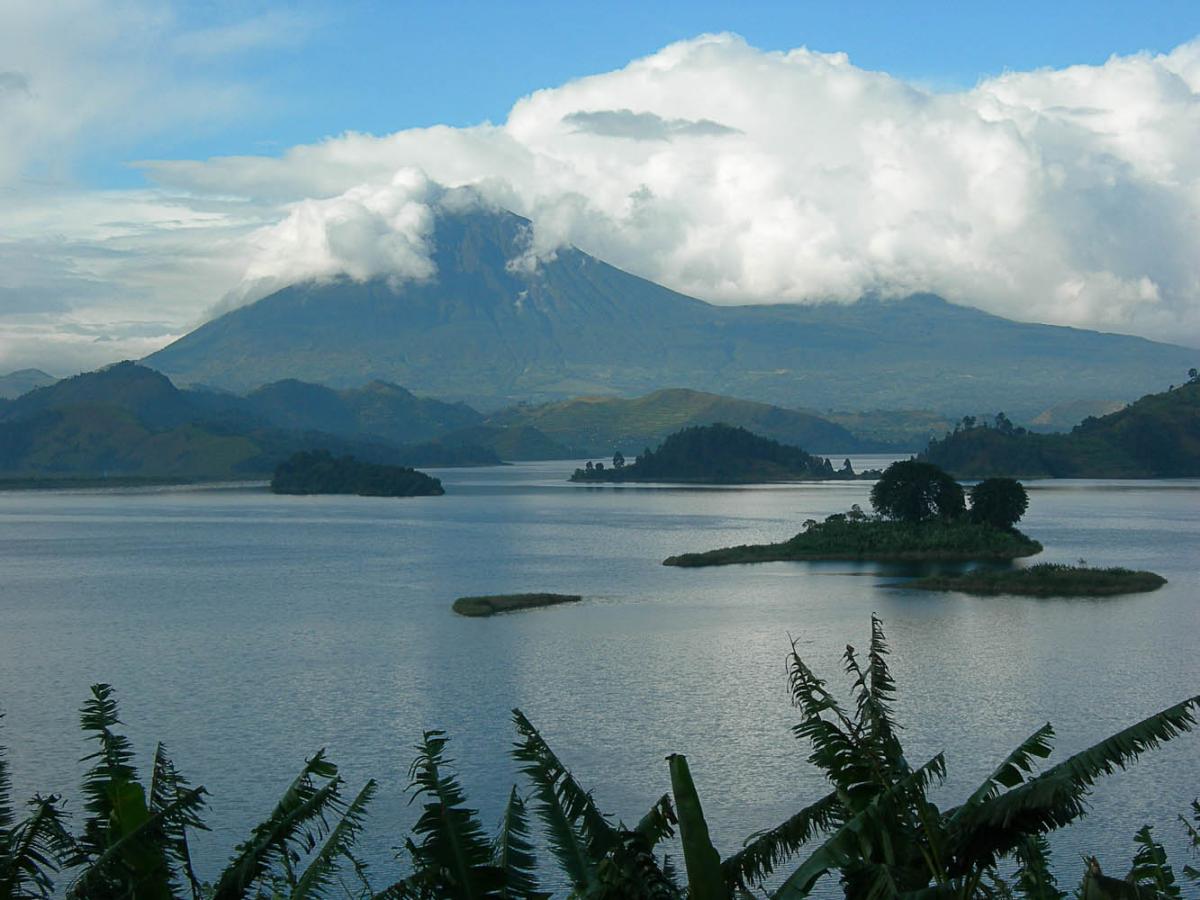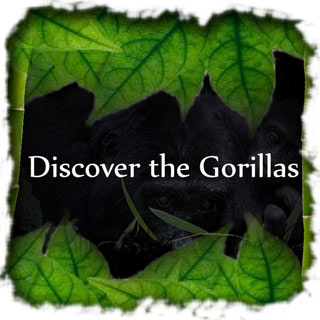 Volcanoes National Park (Parc National des Volcans in French) is Part of the big Virunga Conservation area and lies in the northwestern Rwanda. It borders Virunga National Park in the Democratic Republic of Congo and Mgahinga Gorilla National Park in Uganda. The history of Volcanoes National Park dates back to 1925 when a small area between Karisimbi, Bisoke and Mikeno was set aside to protect the Mountain Gorillas.
Volcanoes National Park (Parc National des Volcans in French) is Part of the big Virunga Conservation area and lies in the northwestern Rwanda. It borders Virunga National Park in the Democratic Republic of Congo and Mgahinga Gorilla National Park in Uganda. The history of Volcanoes National Park dates back to 1925 when a small area between Karisimbi, Bisoke and Mikeno was set aside to protect the Mountain Gorillas.
Today the park covers an area of 130 sq km. Before Rwanda’s independence the actual park was part of the Albert National Park, created in 1925 with a total area of about 8000 sq kilometers. It was run by the Belgian Colonial Authorities by then. In the early 1960′s it was split by the process of Rwanda and Congo gaining independence. With Rwandan independence in 1962 the Rwandan part of the national park was maintained, but between 1969 and 1973 about 40% of the park (over 100 sq kilometers) was degazetted and cleared for cultivation of pyrethrum and to relocate the overgrowing population. At the time the national park was under the authority of Ministry of Agriculture. This was the worst moment in the history of the gorilla’s habitat, as the gorillas were forced to higher altitudes and smaller areas, as well as loosing part of bamboo forest. Indeed the gorilla census in late Seventieths was around 250 individuals only. In 1974 the Habyarimana government created the Office Rwandais du Tourisme et des Parcs Nationaux (ORTPN), after removing the conservation from Ministry of Agriculture
In 1967 zoologist Dian Fossey made it her base and she set up the Karisoke Research Center. Until now, she is still credited to bringing international attention to the case of Mountain Gorillas. It was her single efforts and research finds that resulted in stopping or reducing poaching of the gorillas. She was murdered by unknown assailants at her home in 1985. The cinematic account of her life that was released within 3 years of her death called for the filming of the “Gorillas in the mist” in the Volcanoes National Park. This drew global attention to the plight of mountain gorillas and hence generating unprecedented interest in gorilla tourism.
The park’s area is covered by rain forest and bamboos. The tallest of the mountains in the park is the Karisimbi which ranges in altitude from 2400km to 4,507 the park and has flora and fauna from different ecosystems including the volcanoes from which it derived its name. The Park is a home to the endangered species of mountain gorillas and also to five of eight Volcanoes of the Virunga Mountains which include: Karisimbi (4507m), Bisoke (3711m), Muhabura (4127m), Gahinga (3474m) and Sabyinyo (3634m).
 In 1992, the Volcanoes National Park became a battlefield during the Rwandan Civil War, with the park headquarters being attacked and the research centre was abandoned which led to the stopping of all tourist activities including visiting the gorillas. The activity was resumed in July 1999 when the area was deemed to be safe and under control. Since then, the number of visitors traveling to the Virungas had greatly increased.
In 1992, the Volcanoes National Park became a battlefield during the Rwandan Civil War, with the park headquarters being attacked and the research centre was abandoned which led to the stopping of all tourist activities including visiting the gorillas. The activity was resumed in July 1999 when the area was deemed to be safe and under control. Since then, the number of visitors traveling to the Virungas had greatly increased.
Although the park is well known for mountain gorillas, there are also other mammals which include: golden monkey, black-fronted duiker, buffalo, Spotted Hyena and bushbuck. There are 178 recorded bird species, with at least 13 species and 16 subspecies endemic to the Virunga and Ruwenzori Mountains only.
There are ten habituated gorilla families. The age limit for visiting the gorillas is 15 years or older, on the upper side there is no limit. The time allotted per visit is 1 hour and the trek starts from the head quarters at Kinigi, reporting time is 7:00am in the morning. On normal days the tracking is over and the team returns to the park head quarters at Kinigi by mid day. Gorilla permits need to be booked in advance of at least 6 months. Other activities in the region include birding with over 180 species of birds, trekking for Golden Monkeys with two troops beginning from a parking lot 15 minutes by car from the head quarters. The usual trekking time is 30 minute to spot the golden monkeys. The activity gets over by 10 or 11 in the morning. The permits are available and more easily than for the gorillas.
There is also trekking on Mt. Karisimbi, Visoke, Muhabura, or Gahinga. You can also visit the local philanthropic projects or enjoy the natural beauty of the landscape and its people and also not forgetting visiting the Dian Fossey Grave and the Karisoke Research center which involves a 30-minute drive from the park headquarters to the trailhead then a 10-minute stroll to the park boundary. Here you ascent through the forest and takes like 2 hours to 3 hours.

